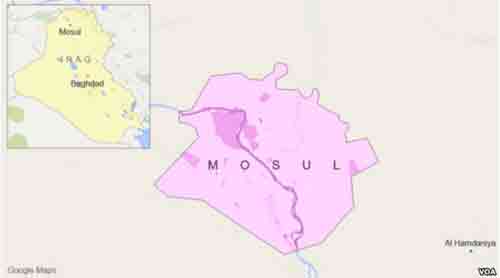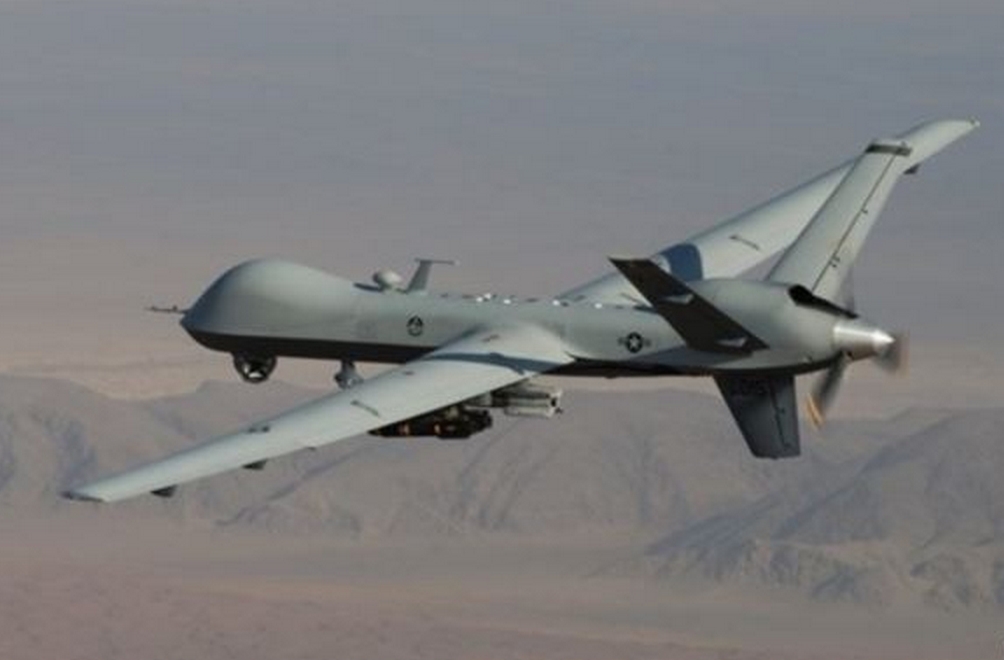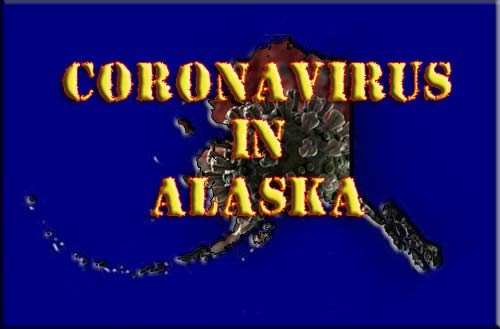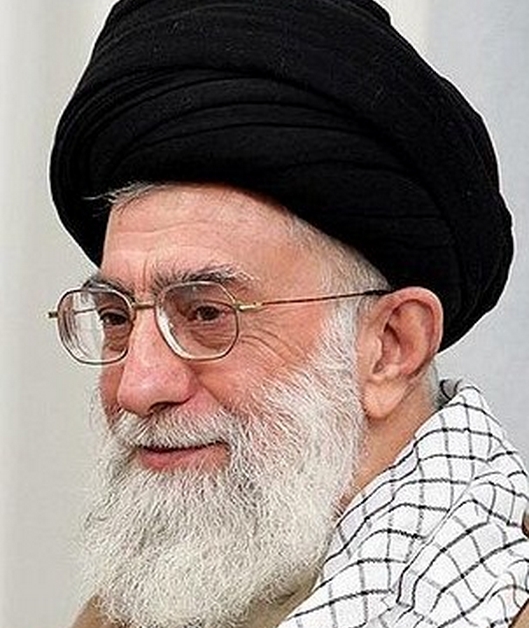Retired General, Norman Schwarzkopf, the man who led the 1991 Operation Desert Storm in Kuwait, died Thursday at the age of 78 in Tampa, Florida.
Affectionately known as “Stormin’ Norman,” he retired to Tampa where he served his last military assignment as the commander-in-Chief of U.S. Central Command in 1988.
In 1991, Schwarzkopf lead 700,000 troops in a six-week assault, driving out Iraqi forces from Kuwait after Saddam invaded that country in 1990.
Schwarzkopf would be connected to the Persian Gulf from a very young age, his father was stationed in Tehranm Iran, and his family joined him there in 1946.
Born Herbert Norman Schwarzkopf in 1934, his name would be formally changed to H. Norman Schwarzkopf in 1952 because his father, disliked his first name.
“Stormin’ Norman” had the beginning of his military career at Valley Forge Military Academy, then moved on to the United States Military Academy, or West Point , where he graduated 43rd in his class and was commissioned as a Second Lieutenant. He went on to receive airborne training at Fort Benning, Georgia, then became a Platoon Leader at Fort Campbell. Through 1960 and 1961, Schwarzkopf was assigned as an aide-de-camp in Germany before going to the Univesity of Southern California to learn guided missile engineering.
By 1965, Schwarzkopf was back at West Point, this time as an instructor in the mechanical engineering department. Within a year, he had applied to go to Vietnam as many of his classmates had gone there. In Vietnam, during his first tour there, he would be promoted to Major. After his tour, he went back to West Point a third time, this time to finish his obligated two years teaching service.
|
|
But, by 1970, Schwarzkopf would be back in Vietnam, this time he would cement his reputation officer who would risk his life for the soldiers under his command. During that tour when he was battalion commander, several soldiers had gotten trapped in a minefield. He went to the scene with his helicopter to make it available. While urging them to retrace their steps to escape the minefield, one soldier set off a mine. Wounded by the blast, Schwarzkopf crawled to the downed soldier and held him as another began splinting the man’s leg. Another explosion took place as one of the soldiers attempted to retrieve another limb for a splint, the blast killed the soldier and two others. Schwarzkopf led the remaing men to safety utilizing shaving cream to mark the mines.
His star continued to rise as he served on the General Staff at the Pentagon, was stationed in Alaska, and Fort Lewis, West Germany, and Fort Stewart, then played a part in the Grenada invasion.
After his retirement, Schwarzkopf would pen a book named, “It Doesn’t Take a Hero,” and stayed active in charitable organizations, as well as community activities. He was also a member of Mensa.
Former President Bush, who is currently hospitalized, called Schwarzkopf a “true American patriot and one of the great military leaders of his generation” from the Intensive Care unit in Houston.







